
Australian electric car sales set to keep climbing
Australia is set to join other international leaders in electric car adoption rates with sales as a share of new passenger vehicles tipped to edge above global averages by 2030.
Openness to affordable Chinese models is expected to underpin domestic growth in sales as well as vehicle efficiency standards that tighten up over time.
The latest update from BloombergNEF paints a mixed picture of the global EV market, with worldwide sales set for another record-breaking year while “regulatory reshuffling” in the United States and elsewhere contribute to downgraded adoption forecasts.

A number of legacy car makers have also tempered electrification goals on the backdrop of “growing tension between environmental targets and other competing policy priorities”.
The dominance of Chinese manufacturers are also making it harder to compete in the giant Asian market.
Chinese automakers produced nearly 63 per cent of all cars sold globally in 2024 and is the by far the biggest market to buy them, accounting for 65 per cent of passenger sales globally that year.
Affordability has helped, with China now the only country where EVs are on average cheaper to buy than comparable combustion cars.
Chinese automakers are also “going global at full speed”, BloombergNEF head of electrified transport Aleksandra O’Donovan said during a briefing on Tuesday, with strong adoption in countries such as Australia, Turkey, Thailand and Brazil.
By 2030, Australia’s share of new passenger-vehicle sales is project to be above global averages and approaching 50 per cent, just shy of Europe but well behind China’s 80 per cent.
Australia has not been immune to policy shifts, however, which may already be influencing sales.
BMI, a unit of Fitch Solutions, anticipates weaker battery electric vehicle sales in 2025 than the year prior as incentives in some states dry up.
But the analysts still project overall EV market to grow this calendar year thanks to accelerating sales of plug-in hybrid models, fuelled by motorists bringing forward their purchases before the fringe benefit tax exemption lapsed for the vehicle type in April.
“Aggressive pricing” by Chinese car makers for plug-in hybrids should also keep demand elevated.
Longer term, BMI expects emissions standards for new vehicles that came into effect earlier in 2025 to keep improving the financial case for EVs against combustion engines.
Other policy murmurings should further support EV sales growth through to 2034, they argue.
A road-user charge scheme in on the table as more electric cars on the road shrink tax collected from the fuel excise, with the design and timing of such a policy considered key to the outlook for EV uptake.
Some argue the fee should only apply to electric vehicles not subject to fuel excise, others – including EV advocacy groups – say a road-user charge would be more effective if applied to every vehicle.
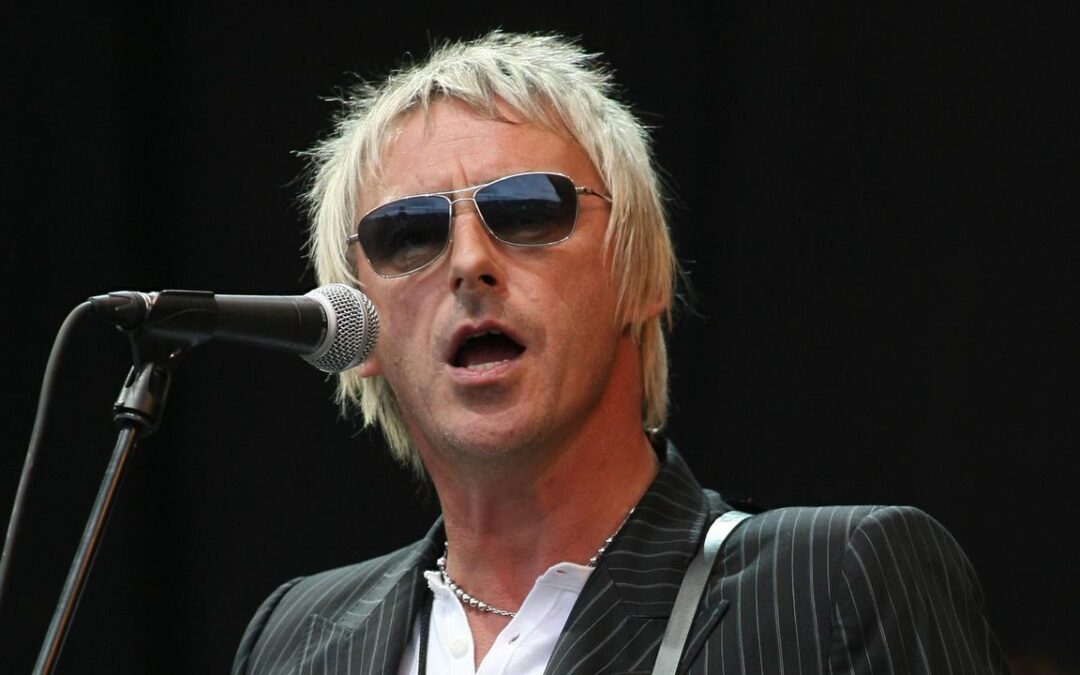
Paul Weller sues after being dropped by accountants
Paul Weller is suing his former accountants after they stopped working with the British singer because they were offended by comments he made alleging Israel was committing genocide in Gaza.
The former frontman of The Jam has filed a discrimination claim against Harris and Trotter after the firm ended their professional relationship after more than 30 years.
In a pre-action letter seen by the PA news agency, lawyers for Weller say the singer-songwriter was told in March that the accountants and tax advisers would no longer work with the 67-year-old or his companies.
Weller is also performing a sold out “Gig For Gaza” in London with other musicians in October.
According to the letter, a WhatsApp message from a partner at the firm included the reason for severing the relationship.
“It’s well known what your political views are in relation to Israel, the Palestinians and Gaza, but we as a firm are offended at the assertions that Israel is committing any type of genocide,” it said.
“Everyone is entitled to their own views, but you are alleging such anti-Israel views that we as a firm with Jewish roots and many Jewish partners are not prepared to work with someone who holds these views.”
Lawyers for Weller say that by ending their services, the firm unlawfully discriminated against the singer’s protected philosophical beliefs, including that Israel is committing genocide in Gaza and that Palestine should be recognised as a nation state.
Weller said he had ‘always spoken out against injustice, whether it’s apartheid, ethnic cleansing, or genocide”.
“What’s happening to the Palestinian people in Gaza is a humanitarian catastrophe,” he said.
“I believe they have the right to self-determination, dignity, and protection under international law, and I believe Israel is committing genocide against them. That must be called out.
“Silencing those who speak this truth is not just censorship – it’s complicity.
“I’m taking legal action not just for myself, but to help ensure that others are not similarly punished for expressing their beliefs about the rights of the Palestinian people.”
Weller will donate any damages he receives to humanitarian relief efforts in Gaza, the legal letter says.
Weller’s lawyer Cormac McDonough, says the case “reflects a wider pattern of attempts to silence artists and public figures who speak out in support of Palestinian rights”.
“Within the music industry especially, we are seeing increasing efforts to marginalise those who express solidarity with the people of Gaza,” he said.

Red tape ‘win-wins’ at summit ahead of thorny AI issue
Simplifying the construction code and rewriting environmental rules has garnered widespread support in day two of Jim Chalmers’ vaunted Economic Reform Roundtable.
The treasurer promised “win-wins” over cutting red tape, with businesses and unions seemingly on the same page as attendees discussed how to make it easier to build new homes and green energy projects.
Lifting living standards by making the economy more productive was the “holy grail” for the summit, Dr Chalmers said in his opening address to the Parliament House cabinet room on Wednesday.
While there was plenty of agreement over the need for increased housing supply and faster approvals, now was the time for practical ideas to tackle excessive regulation, Australian Chamber of Commerce and Industry chief executive Andrew McKellar said.
“This is where the rubber really hits the road,” he told reporters during the morning tea break.
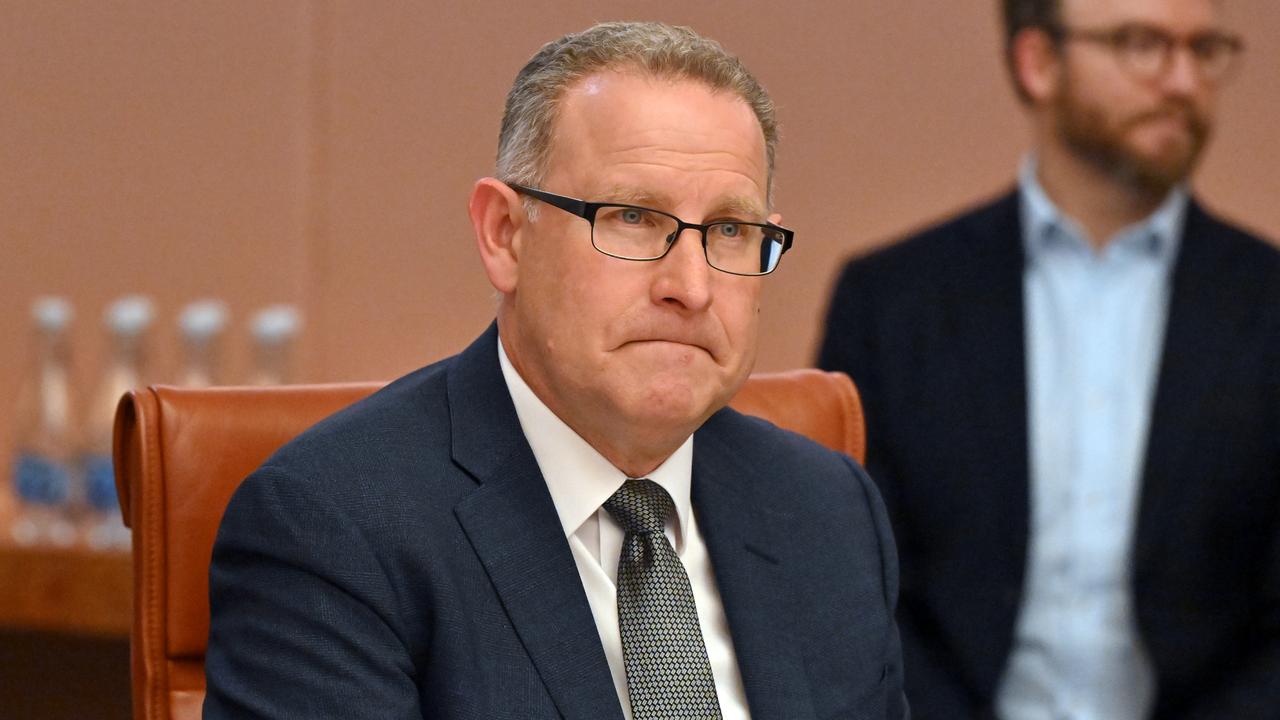
While more thorny issues around artificial intelligence await in the afternoon session, there was broad support for Housing Minister Clare O’Neil’s suggestions around reforming the National Construction Code, Mr McKellar said.
Treasury advised pausing changes to the code in a document leaked ahead of the roundtable.
Non-essential changes to the code, such as energy efficiency and EV charging requirements, have increased the cost and complexity of building new homes without meaningful improvements in standards, said Master Builders Australia chief executive Denita Wawn.
Reforming the Howard-era Environment Protection and Biodiversity Conservation act also got a good hearing.
Unions, employer groups and environmentalists all agree the act is no longer fit for purpose. They want a new act that provides faster ‘yeses’ and faster ‘nos’ for projects from mining to housing.
Ms O’Neil conceded the housing market was not functioning correctly.
“This productivity issue may seem and sound a little bit remote to people watching at home but this is really about how can we build homes faster, more quickly,” she told ABC News Breakfast.
“Because more housing means more affordable housing for Australians.”
Not everyone was optimistic about the roundtable.
Nationals Senator Matt Canavan held a rival roundtable that would tackle the “real” cause of Australia’s productivity problem – expensive energy prices.
“We don’t know what was discussed yesterday – it was closed – but the papers prepared for it don’t even mention the issue of energy prices,” he told Sky News.
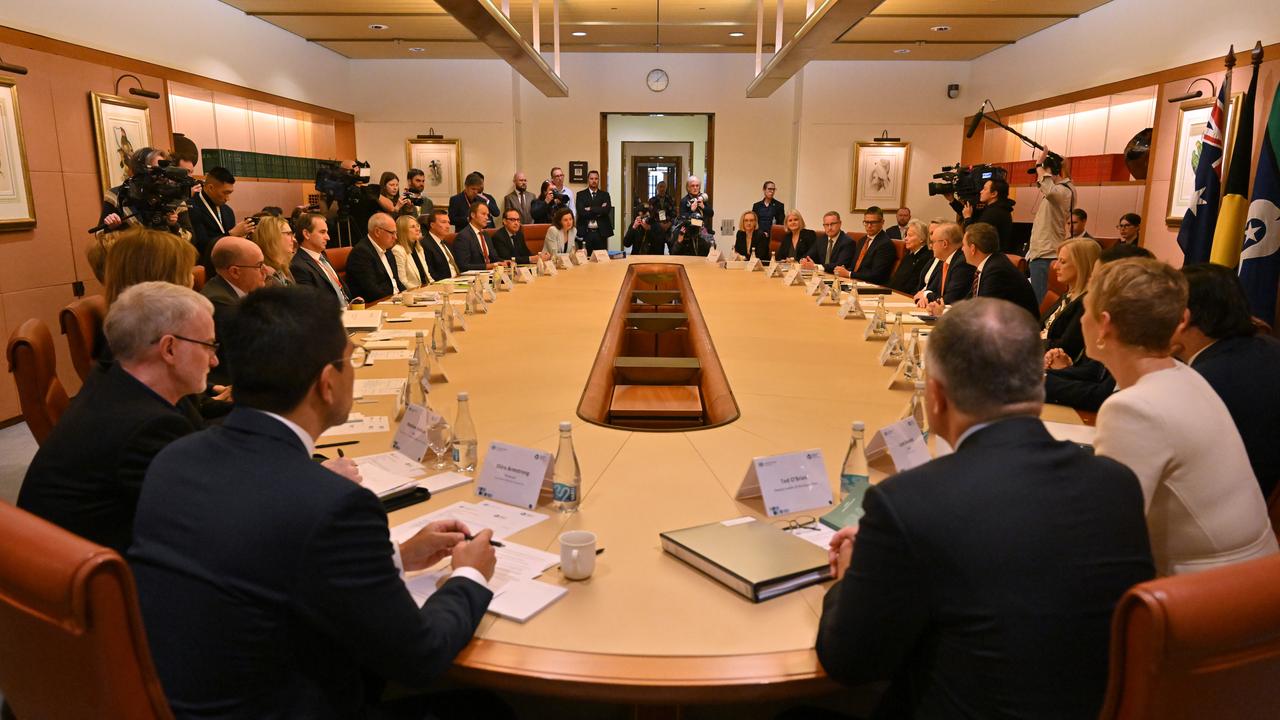
Business Council of Australia chief executive Bran Black said energy prices were discussed in the government’s roundtable on Tuesday and expected it come up even more prominently over the next two days.
“We’ve got to make sure that we can deliver more energy into our system, we’ve got to make sure that we have a roadmap in terms of our renewable energy ambitions in that regard as well,” he said.
AI will be the focus of the roundtable’s afternoon session.
Regulation of the technology is set to become another dividing line between employers and unions, after business groups took exception with a union push to tax employers to fund worker training.
Mr Black said there was no need to change laws at this stage but the Australian Council of Trade Unions will push for the government to force employers to consult with staff before introducing AI tools to the workplace.
Dr Chalmers has previously said AI could be an economic “game changer” to boost Australia’s ailing productivity and lift living standards.

But Monash University human-centred computing lecturer Jathan Sadowski warned the story was not so simple.
“AI changes the nature of work but it doesn’t straightforwardly make work more efficient or more productive,” he told AAP.
To use AI well, businesses would have to change their practices so they can complement the capabilities of the technology, which generally requires significant infrastructure work, capital investment and human labour, Dr Jadowski said.
Australian Council of Social Service chief executive Cassandra Goldie said she would push for strong protections for people who use social services in Wednesday’s discussion.
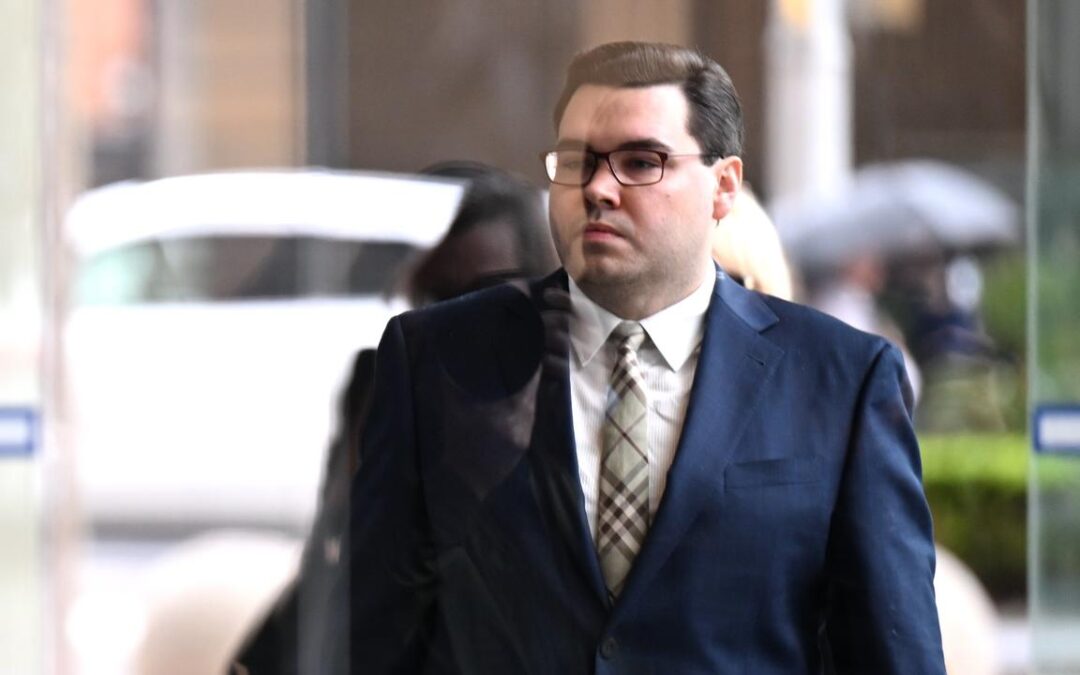
Lehrmann arrives stony faced ahead of defamation appeal
Bruce Lehrmann kept his face blank as he strolled into Federal Court to challenge findings he raped his colleague Brittany Higgins in Parliament House.
The former federal political staffer is seeking to overturn a judgment he was not unlawfully defamed by Network Ten and journalist Lisa Wilkinson during an interview with Ms Higgins on The Project in 2021.
Justice Michael Lee found Ms Higgins’ claims she had been raped in Parliament House in 2019 were substantially true in a ruling against Lehrmann in April 2024.
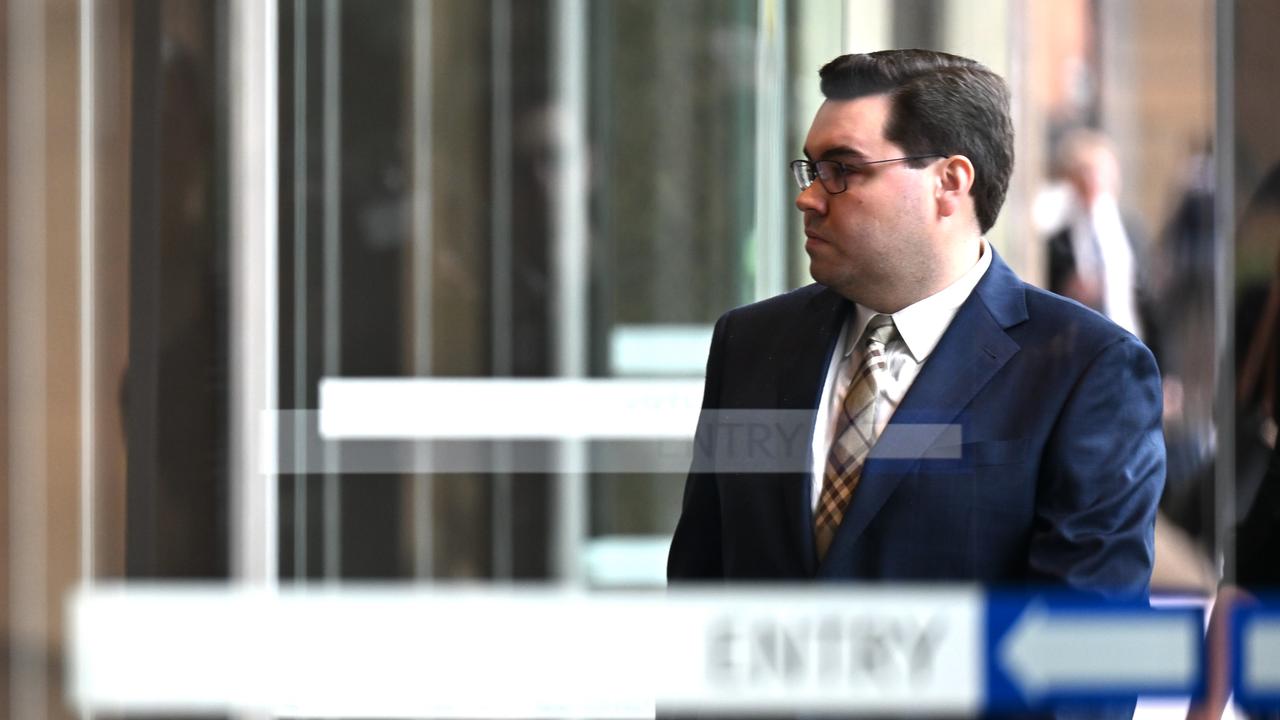
But Lehrmann, 29, claims the judgment was rife with errors which his lawyers plan to ventilate in a three-day appeal hearing, beginning on Wednesday.
He arrived at the Sydney courthouse on Wednesday more than an hour before the hearing, wearing his trademark rectangular glasses and navy suit, and carrying a brown briefcase.
The former Liberal staffer alleges he was denied procedural fairness because the events found by the judge were “starkly different” from the case run by Ten.
He points to the allegation Ms Higgins had repeatedly said “no on a loop” during the alleged incident, which Justice Lee was not satisfied had occurred.
The case as found by Justice Lee was not put to him during cross-examination for his response, Lehrmann argues.
He says because of deficiencies in Ms Higgins’ evidence, the judge should not have found he engaged in rape.
The judge found Lehrmann had been “hell-bent” on having sex with Ms Higgins and had a mindset of “non-advertent recklessness” which showed he knew she was not consenting.
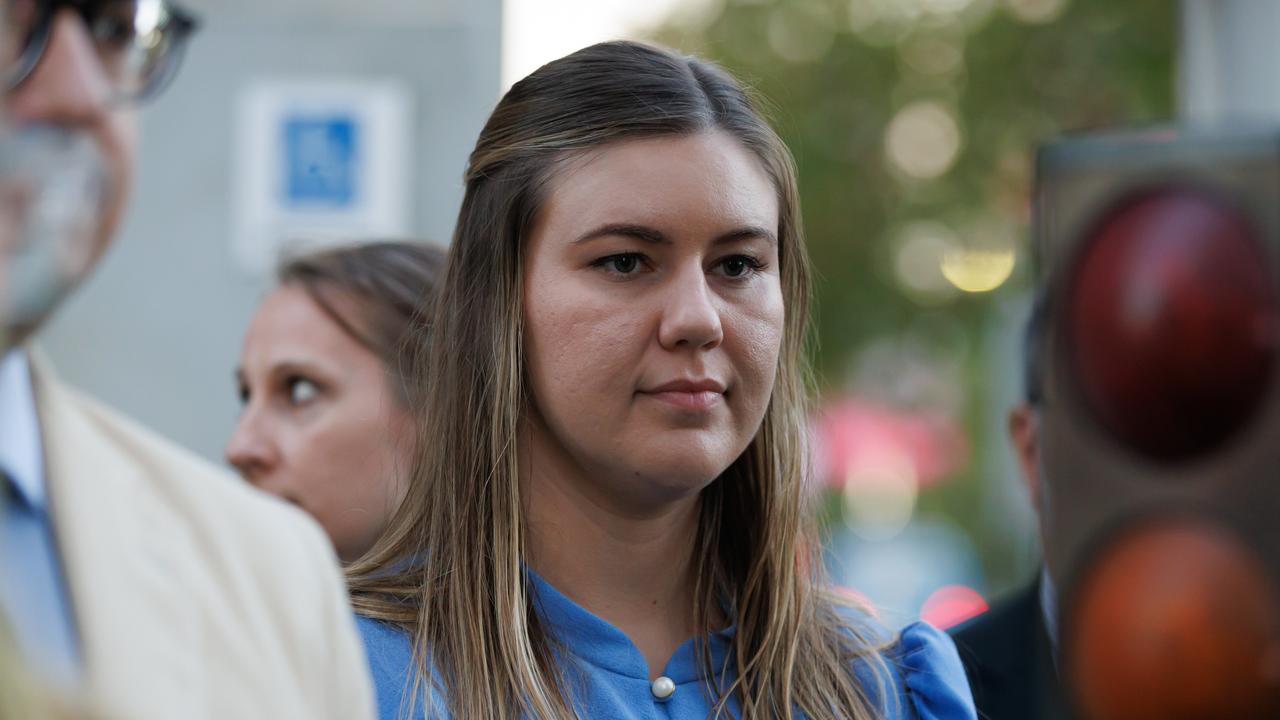
But his definition of rape has been criticised by Lehrmann, who claims it is inconsistent with the meaning conveyed to an ordinary person.
The former staffer also challenges the finding that he would only be entitled to $20,000 in damages had his defamation suit succeeded.
Lehrmann’s lawyer Zali Burrows has argued her client was entitled to more than $1 million for the “false charge of rape”.
Lehrmann denies sexually assaulting Ms Higgins. A criminal case against him in 2022 was abandoned without any findings against him.
“Having escaped the lions’ den, Mr Lehrmann made the mistake of going back for his hat,” Justice Lee said in his decision in 2024.
The appeal hearing before the Full Court of the Federal Court is due to end on Friday, with a decision expected to be months away.
1800 RESPECT (1800 737 732)
National Sexual Abuse and Redress Support Service 1800 211 028
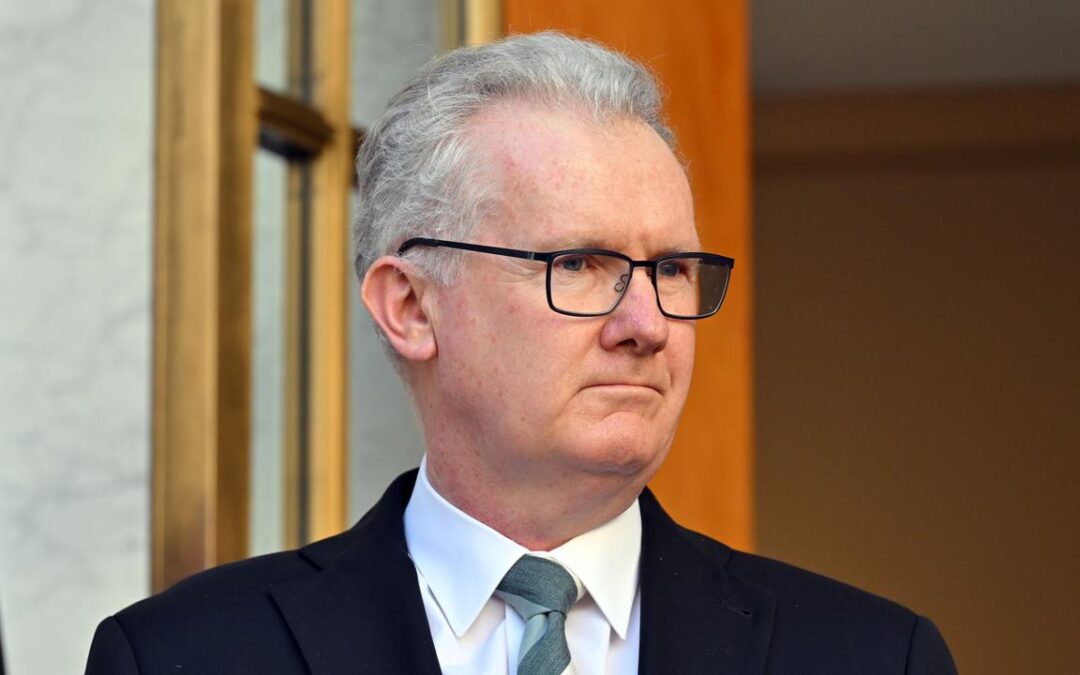
Minister defends visa decisions as Israel lashes out
The Australian government has returned serve after a remarkable sledge by Israel’s prime minister, with a senior minister calling out Benjamin Netanyahu for “blowing up” Palestinians and starving children.
Home Affairs Minister Tony Burke defended his decision to deny a visa to far-right Israeli politician Simcha Rothman, who was set to undertake a speaking tour of Australia at the invitation of a fringe Jewish group.
The Israeli government retaliated by cancelling the visas of three Australian representatives to the Palestinian Authority and ordering embassy staff to apply extra scrutiny to Australian applications to enter Israel.
But the diplomatic spat erupted on Tuesday night when Mr Netanyahu called his Australian counterpart Anthony Albanese a “weak politician” in a social media post.
Mr Burke said the increasingly “isolated” Israeli prime minister was lashing out, like he had done to other Western leaders who in recent weeks had vowed to recognise Palestinian statehood.
“Strength is not measured by how many people you can blow up or how many children you can leave hungry. Strength is much better measured by exactly what Prime Minister Anthony Albanese has done,” he told ABC Radio National on Wednesday.
“When there’s a decision that we know Israel won’t like, he goes straight to Benjamin Netanyahu, he has the conversation, he says exactly what we’re intending to do, and has the chance for the objections to be made person-to-person.”
In revoking the visas of the Australian diplomats, Israel’s Foreign Minister Gideon Sa’ar cited Australia’s decision to recognise Palestine, as well as the refusal to grant visas to Mr Rothman and former Israeli minister Ayelet Shaked.
Mr Burke said he had a responsibility to not “hold out a welcome mat” to people with extreme views.
“One of them has described Palestinian children as the enemy, and the other has described Palestinian children as little snakes – as little snakes,” he said.
“Now, if anyone wanted to come on a public speaking tour and they had those views publicly expressed about Israeli children, I would block the visa, and I’m going to not have a lower bar for the protection of views that are bigoted views against the Palestinian people.”
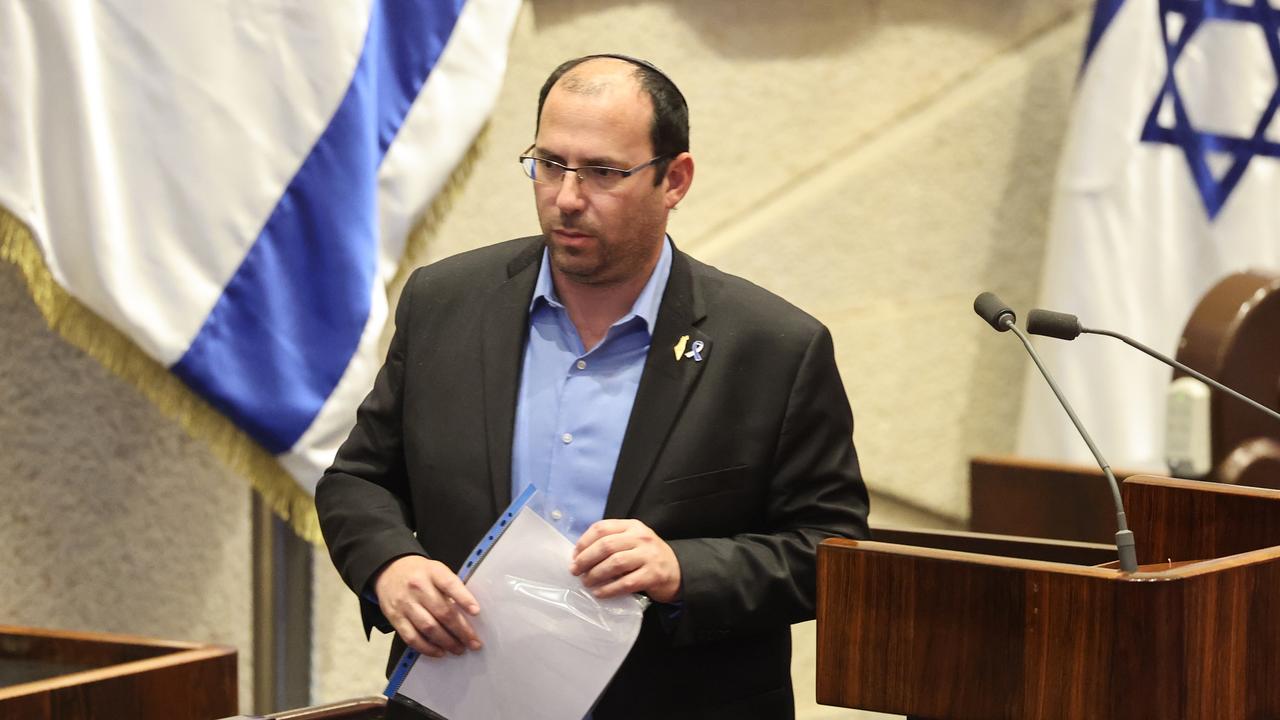
Opposition home affairs spokesman Andrew Hastie said he didn’t agree with Mr Rothman’s views but the decision to refuse his visa had further damaged Australia’s relationship with Israel.
“The important thing to note is that the relationship with Israel now is at an all-time low, and that’s largely because of the Albanese foreign policy incompetence from this government,” he told ABC Radio National.
Mr Burke had been “inconsistent” in his application of standards to visa approvals, Mr Hastie added.
British commentator Sami Hamdi was allowed to enter Australia for a speaking tour in 2024, despite earlier comments celebrating Hamas’ October 7 attacks, he said.
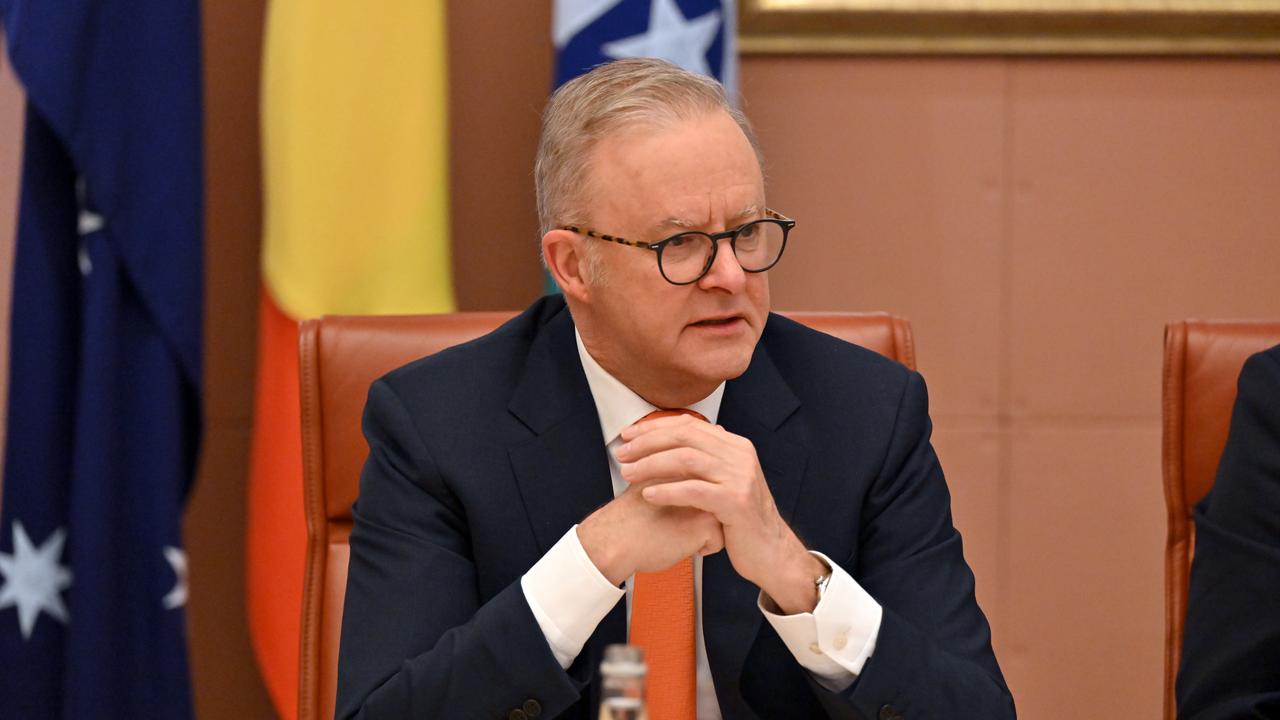
But Mr Burke pointed to decisions to block people who had expressed anti-Semitic views, such as Kanye West, from entering the country.
“It seems that the coalition only believe I should be rejecting people if they will cause harm to the Jewish community,” he said.
Executive Council of Australian Jewry co-chief executive Alex Ryvchin said it was unacceptable for Mr Netanyahu to publicly insult a fellow world leader, but Mr Burke’s comments were also out of line.
“… Both parties are acting contrary to the interest of the people they’re seeking to represent and serve … They need to find a new course and a new way of dealing with each other and doing business, because this is entirely counterproductive,” he told Sky News.
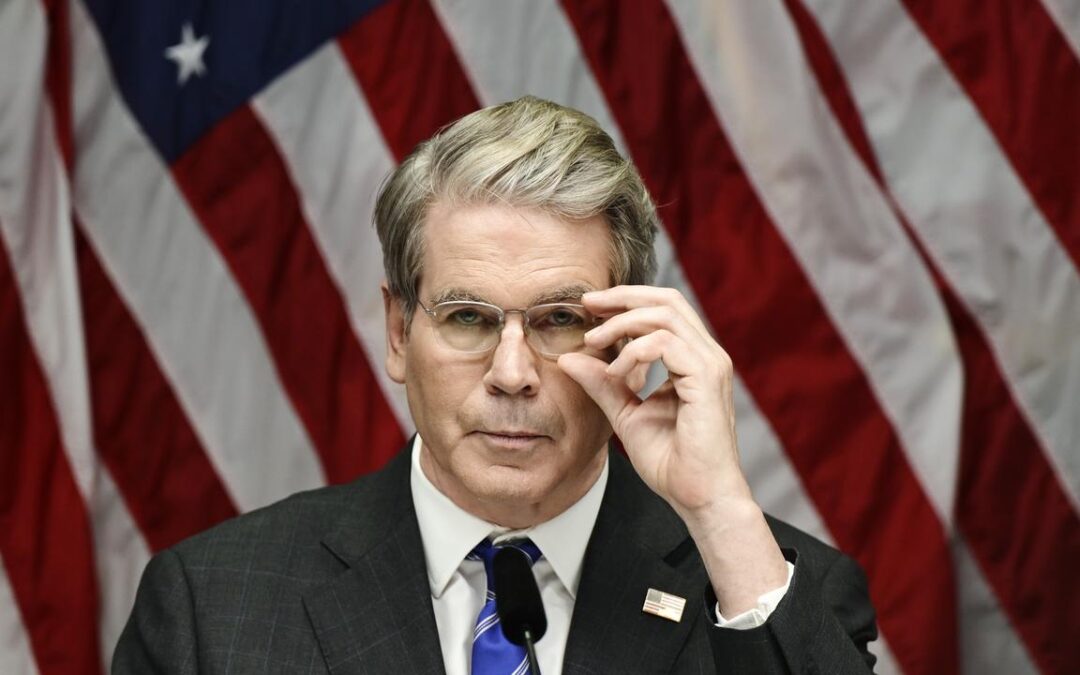
Bessent says US tariff revenues to rise ‘substantially’
US Treasury Secretary Scott Bessent said he expects a big jump in revenues from sweeping tariffs imposed by President Donald Trump and says the money will be used first to start paying down the federal debt, not to give rebate cheques to members of the public.
Bessent, speaking in an interview with CNBC, said he expected to substantially revise upward his earlier estimate of $US300 billion ($A464 billion) in revenues from the tariffs but declined to be more specific.
Bessent said he had not spoken with Trump about the idea of using funds from the tariffs to create a dividend for citizens but stressed that both of them were “laser-focused” on paying down the debt.
“I’ve been saying that tariff revenue could be $US300 billion this year. I’m going to have to revise that up substantially,” Bessent said.
“We’re going to bring down the deficit to GDP. We’ll start paying down the debt, and then at that point that can be used as an offset to the American people.”
The US economy could return to the “good, low-inflationary growth” of the 1990s, Bessent said, but he blamed higher interest rates for problems plaguing some pockets of the economy, singling out housing and lower-income households with high credit card debt.
The US Commerce Department on Tuesday said it was hiking steel and aluminium tariffs on more than 400 products including wind turbines, mobile cranes, bulldozers and other heavy equipment along with railcars, furniture and hundreds of other products.
The department said 407 product categories are being added to the list of “derivative” steel and aluminium products covered by sectoral tariffs, with a 50 per cent tariff on any steel and aluminium content of these products.
The department is also adding imported parts for automotive exhaust systems and electrical steel needed for electric vehicles to the new tariffs.
A group of foreign car makers had urged the department not to add the parts, saying the United States does not have the domestic capacity to handle current demand.
The new tariffs take effect immediately and also cover compressors and pumps.
“Today’s action expands the reach of the steel and aluminium tariffs and shuts down avenues for circumvention – supporting the continued revitalisation of the American steel and aluminium industries,” Under Secretary of Commerce for Industry and Security Jeffrey Kessler said.
Steelmakers including Cleveland Cliffs and others had petitioned the administration to expand the tariffs to include additional steel and aluminium car parts.
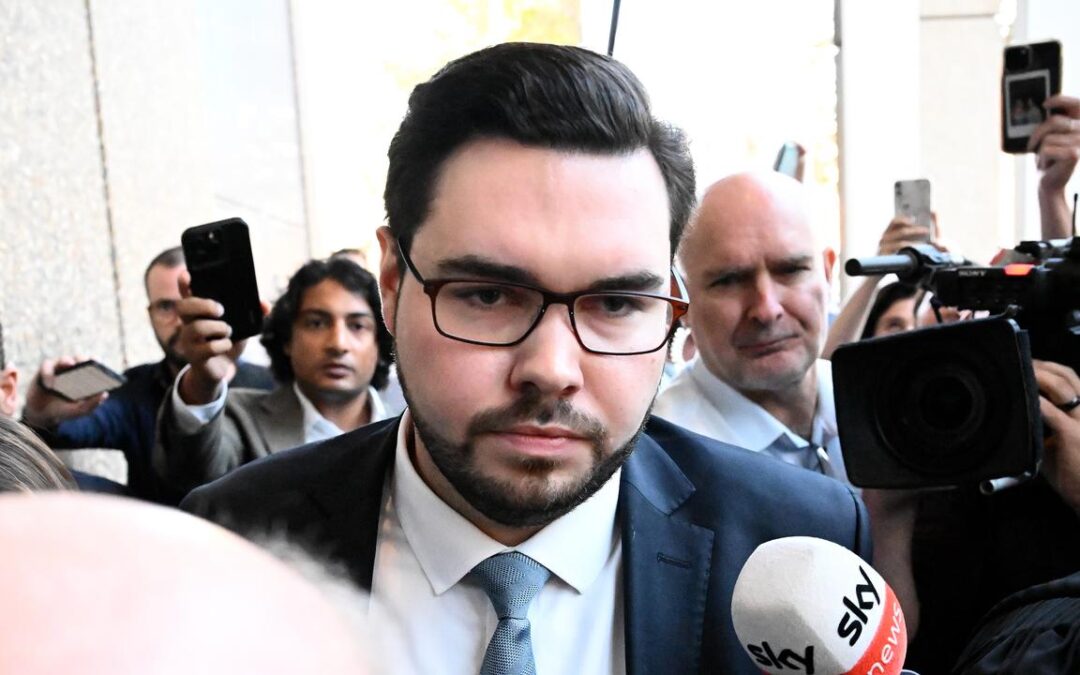
Lehrmann in new bid to clear name after defamation loss
Bruce Lehrmann will have three days to convince an appeals court to toss out findings he likely raped his colleague Brittany Higgins in parliament house.
The former federal political staffer is seeking to overturn a Federal Court judgment he was not defamed by Network Ten and journalist Lisa Wilkinson during an interview with Ms Higgins on The Project in 2021.
Justice Michael Lee found Ms Higgins’ claims she had been raped in parliament house in 2019 were substantially true in a ruling against Lehrmann in April 2024.
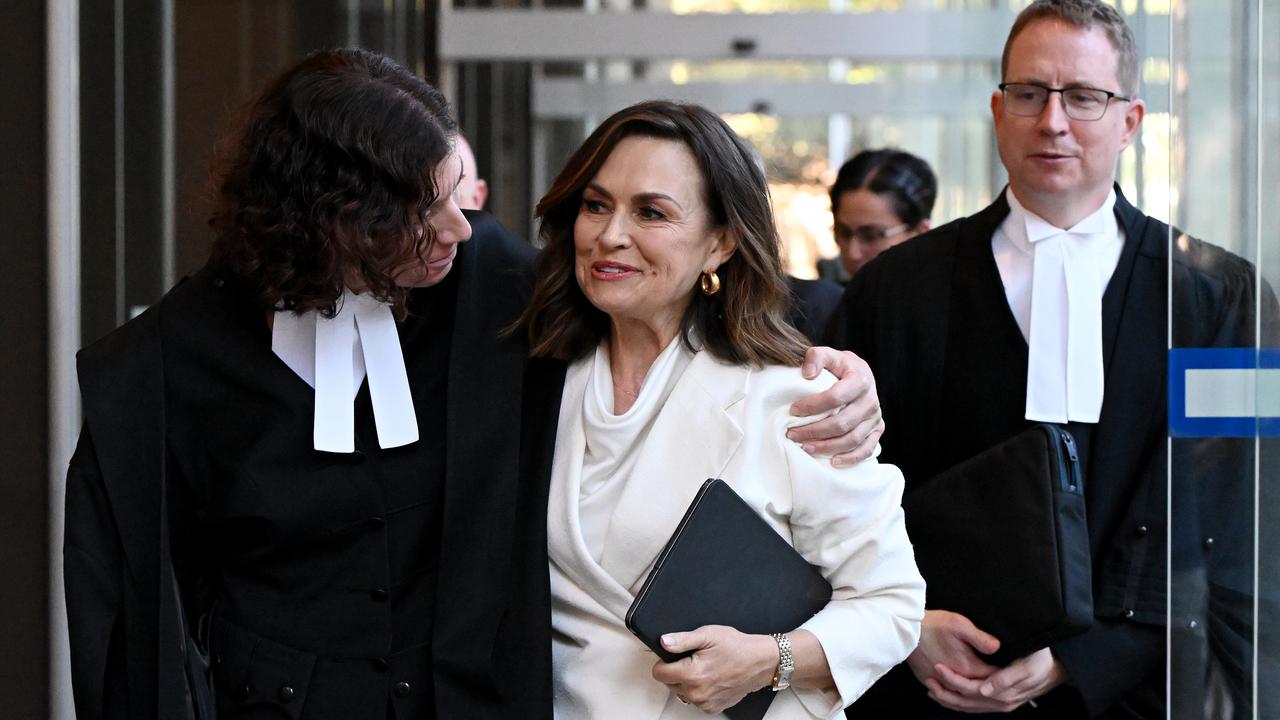
But Lehrmann, 29, claims the judgment was rife with errors and launched an appeal which will be ventilated over three days, beginning on Wednesday in Sydney.
The ex-Liberal staffer alleges he was denied procedural fairness because the events found by the judge were “starkly different” from the case run by Ten.
He points to the allegation Ms Higgins had repeatedly said “no on a loop” during the alleged incident, which Justice Lee was not satisfied had occurred.
The case as found by Justice Lee wasn’t put to him during cross-examination for his response, Lehrmann argues.
He says because of deficiencies in Ms Higgins’ evidence, the judge should not have found he engaged in rape.
The judge found Lehrmann had been “hell-bent” on having sex with Ms Higgins and had a mindset of “non-advertent recklessness” which showed he knew she was not consenting.

But that definition of rape has been criticised by Lehrmann, who claims it’s inconsistent with the meaning conveyed to an ordinary person.
Justice Lee is also accused of erring by finding Lehrmann would only be entitled to damages of $20,000 if he had succeeded in his defamation suit against Ten.
Lehrmann’s lawyer Zali Burrows has previously said he should be awarded a seven-figure sum for the “false charge of rape”.
Lehrmann continues to deny he sexually assaulted Ms Higgins and a criminal case against him in 2022 was abandoned without any findings against him.
“Having escaped the lions’ den, Mr Lehrmann made the mistake of going back for his hat,” Justice Lee said in his decision in 2024.
1800 RESPECT (1800 737 732)
National Sexual Abuse and Redress Support Service 1800 211 028

AI not a ‘straightforward’ fix for ailing productivity
Australia has been warned against the “seductive” pull of artificial intelligence as the federal government looks to the technology to help solve its productivity woes.
AI is expected to take centre stage during the second day of the government’s economic reform roundtable, alongside regulation and competition.
Though he recognised its risks, Treasurer Jim Chalmers has previously said AI could be an economic “game changer” to boost Australia’s ailing productivity and lift living standards.
But Monash University human-centred computing lecturer Jathan Sadowski warned the story was not so simple.
“AI changes the nature of work but it doesn’t straightforwardly make work more efficient or more productive,” he told AAP.
“It produces all kinds of new problems that people need to adjust to: they need to fill in the gaps with AI, or they need to clean up the mess after AI does something in not the right way.
“A lot of organisations are simply not prepared to do the hard work necessary to implement AI.”
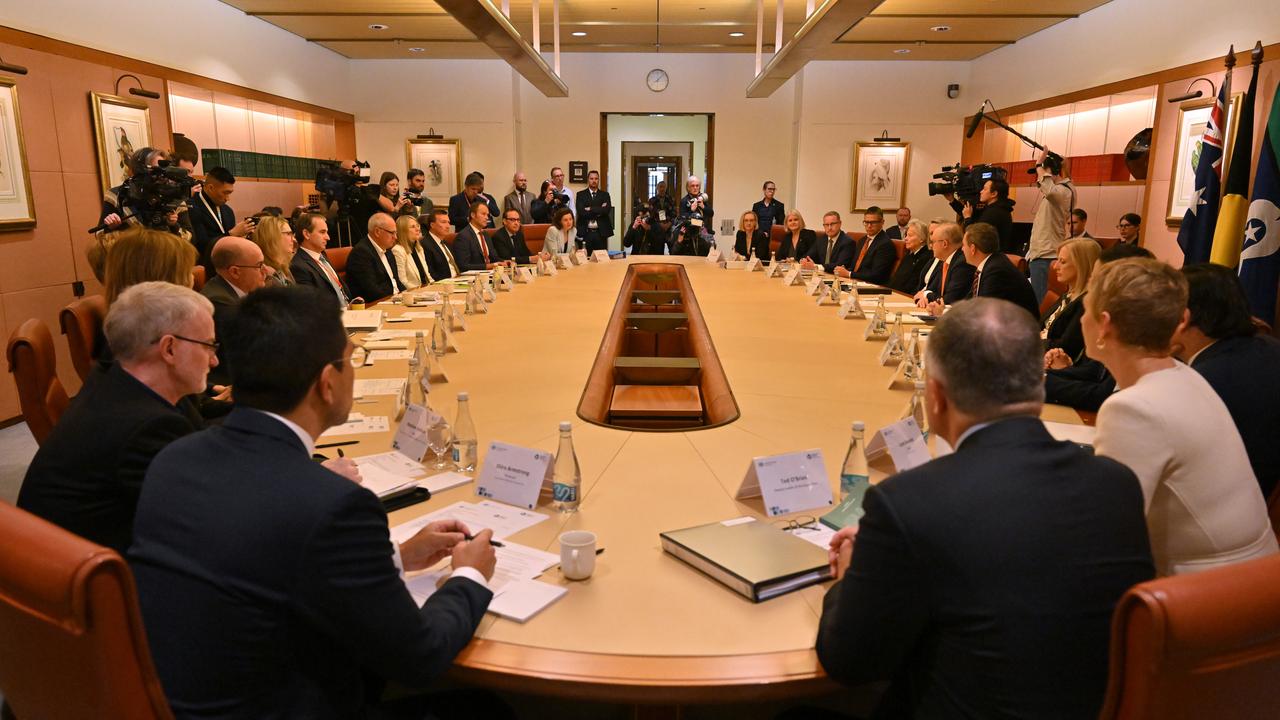
To use AI well, businesses would have to change their practices so they can complement the capabilities of the technology, which generally requires significant infrastructure work, capital investment and human labour.
The technology also works best when it is purpose-built using specific, high quality data for an organisation’s specific subject area.
This means having lots of smaller scale technologies, which runs counter to the prevailing understanding of AI.
“There’s this real push towards universal models – something like ChatGPT – it’s the one model to rule them all, one solution to every problem,” Dr Sadowski said.
“It means that you can sell the technology to every market and from the government’s point of view means that all you have to do is implement this one solution.
“There’s something very seductive to that because it tells a good story … but it doesn’t produce good technology.”
Research about AI’s impact on productivity shows mixed results.
A recent CSIRO study of 300 employees found one in three did not report productivity benefits, and the majority that did expected the improvements to be better than what was delivered.
Analysis published in the US National Bureau of Economic Research showed unclear results at the organisational level and it can also be difficult to disentangle the impact of AI from other factors.
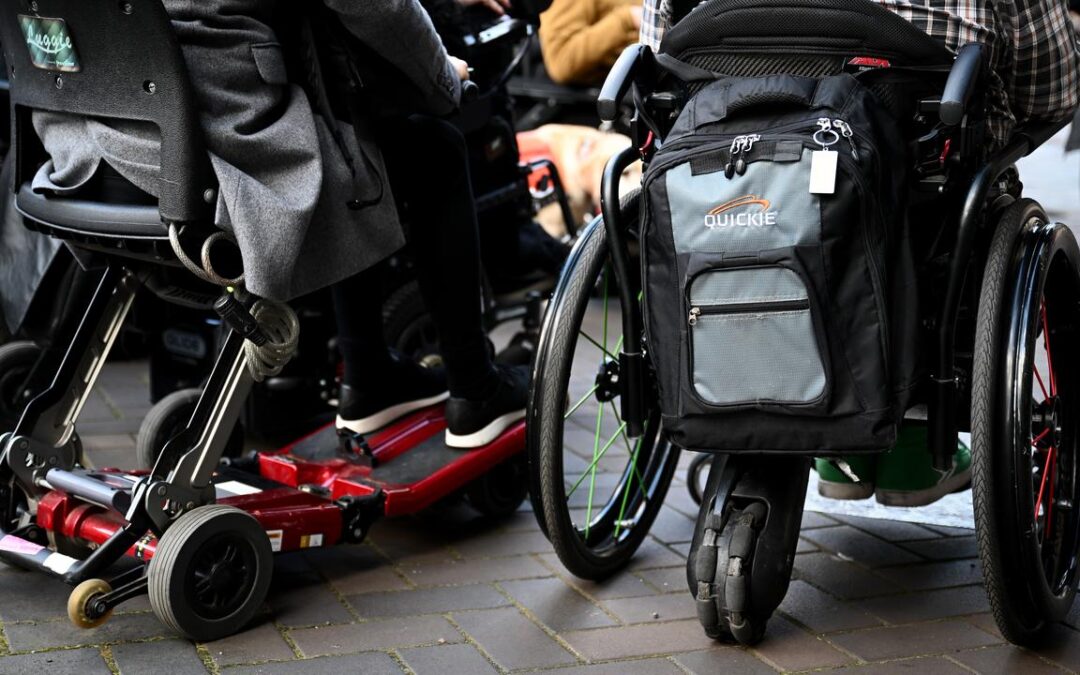
Disability funding reforms trigger ‘so many questions’
Long-term concerns about an overhaul of the NDIS are still unanswered, disability advocates say, as they wait for a major update on the multibillion-dollar scheme from the man in charge.
Disability Minister Mark Butler will deliver an address at the National Press Club on Wednesday on the future of the NDIS, a year after major reforms to curb spiralling spending passed federal parliament.
The scheme is the budget’s third-largest expense and is set to cost taxpayers more than $52 billion in 2025/26.
The NDIS reforms include a cap of eight per cent growth in spending per year.
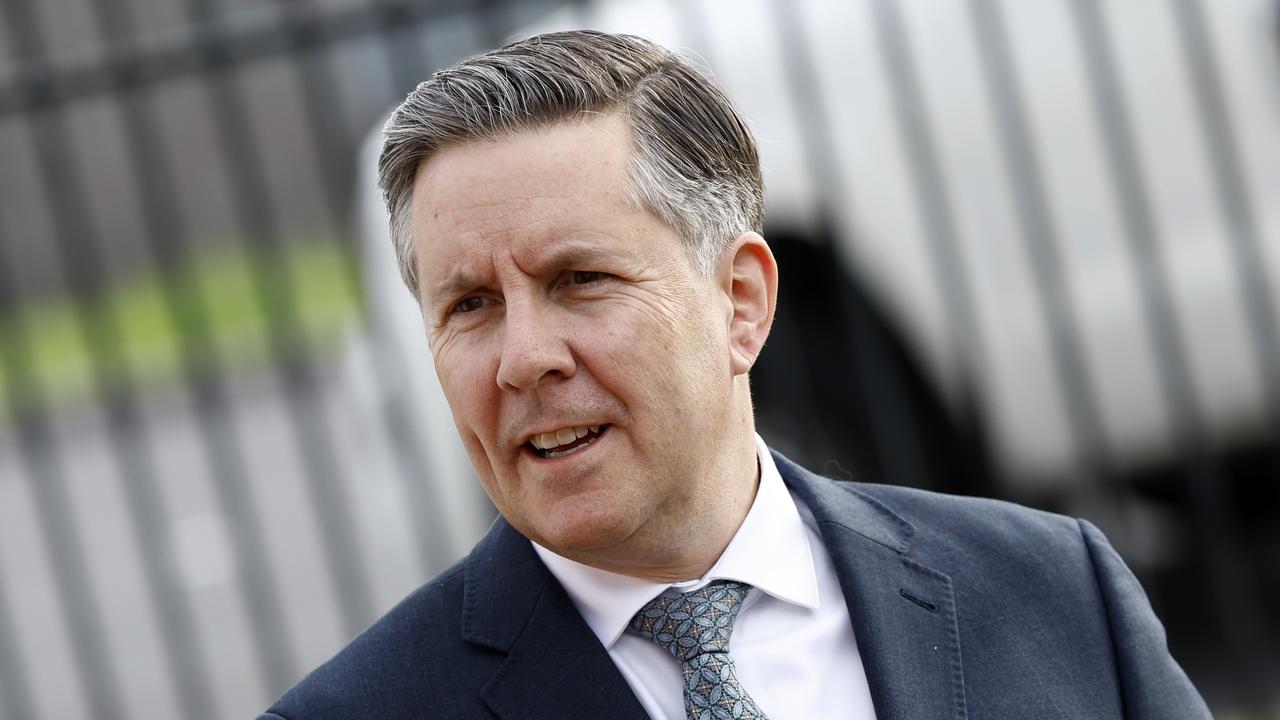
But the changes had not fully hit the mark, People with Disability Australia deputy chief executive Megan Spindler-Smith said.
“There’s still so many questions unanswered about what the reform will look like long-term,” she told AAP.
“Is it on people with disability and their needs, or other things that are not necessarily focusing on what we need?”
Of the estimated 5.5 million people in Australia living with disability, the NDIS covers fewer than 700,000.
“We would love to see consistency across how people are able to access their support needs, regardless of whether or not they’re able to be a participant with the NDIS or not,” Ms Spindler-Smith said.
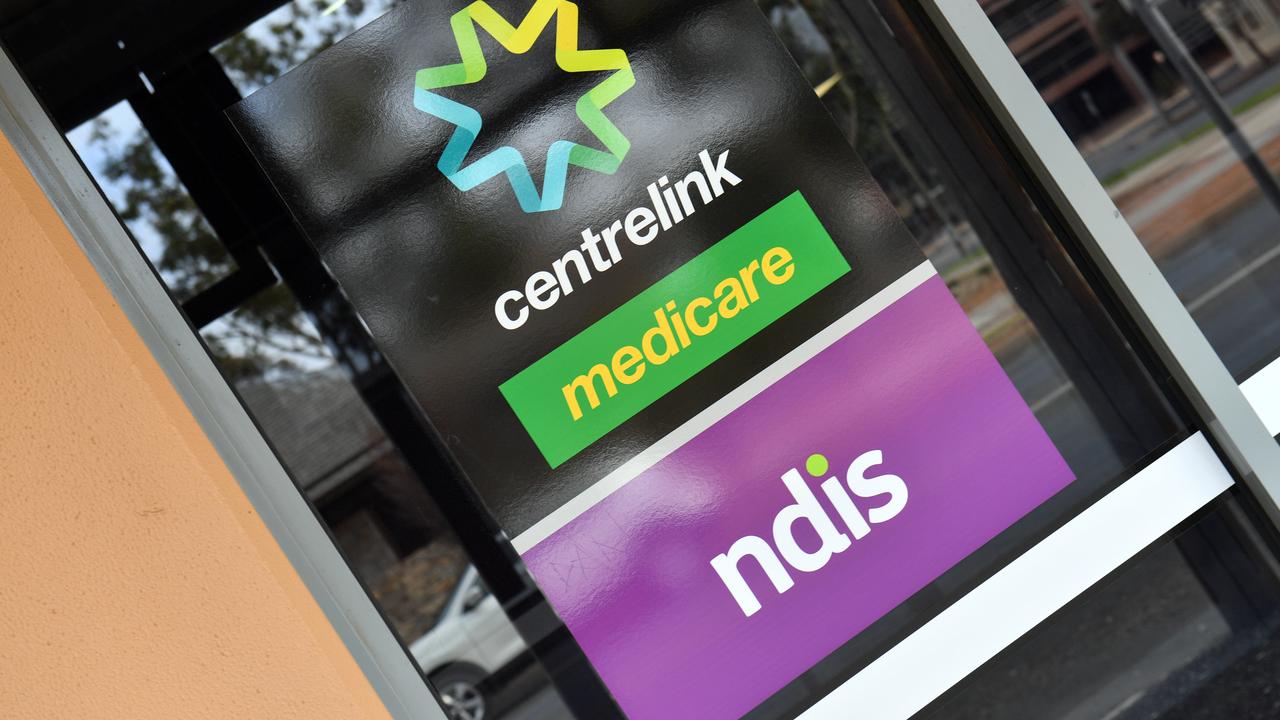
Commitments to funding individual advocacy and foundational supports should be important points of discussion for the minister, Disability Advocacy Network Australia chief executive David Petherington said.
“They’re really desperately needed by people with disabilities,” he told AAP.
Every Australian Counts chair and NDIS participant George Taleporos said participants and their families must be included to co-design reforms.
“Too often we face bureaucratic barriers and decisions that do not reflect our needs or our voices,” he told AAP.
Foundational supports include information and advice, disability employment supports, peer support and self-advocacy.
Mr Butler’s speech at the National Press Club follows the federal government’s announcement of an NDIS Reform Advisory Committee on Tuesday to oversee how the laws are implemented.
NDIS Minister Jenny McAllister said the committee would ensure changes to the scheme were implemented with “transparency, integrity and accountability”.
“Australians with disability, and those who care for them, deserve no less,” she said.

‘Weak’ PM condemned by Israeli leader amid visa stoush
Prime Minister Anthony Albanese has been accused of having “abandoned Australia’s Jews” by his Israeli counterpart as relations deteriorate between the two nations.
Israeli Prime Minister Benjamin Netanyahu took to social media to personally attack Mr Albanese in an escalation of the diplomatic stoush.
“History will remember Albanese for what he is: a weak politician who betrayed Israel and abandoned Australia’s Jews,” he wrote.
The post comes after Australia’s decision to recognise the state of Palestine and refuse entry to significant Israeli figures.
Israel responded by revoking the visas of a trio of Australian representatives to the Palestinian Authority.
The diplomats were tasked with helping Australia engage with the Palestinian Authority as the federal government’s recognition of Palestine is tied to commitments made by the body, including an assurance that designated terror group Hamas play no role in a future state.
Though they have not been working in Gaza, the diplomats had liaised with humanitarian organisations which have been trying to get aid into the territory.
Foreign Minister Penny Wong said the government had a right to safeguard communities and protect “all Australians from hate and harm”.
“At a time when dialogue and diplomacy are needed more than ever, the Netanyahu government is isolating Israel and undermining international efforts towards peace and a two-state solution,” Senator Wong said on Tuesday.
“This is an unjustified reaction following Australia’s decision to recognise Palestine.”
She said Australia would continue to contribute to “international momentum to a two-state solution, a ceasefire in Gaza and release of the hostages” and would always take decisive action against anti-Semitism.
The Palestinian Authority’s Ministry of Foreign Affairs also condemned Israel’s “arbitrary” cancellations.
It stressed it would continue to deal with the Australian diplomats, saying Israel had no legal basis to block citizens of a third nation from entering Palestinian territory.
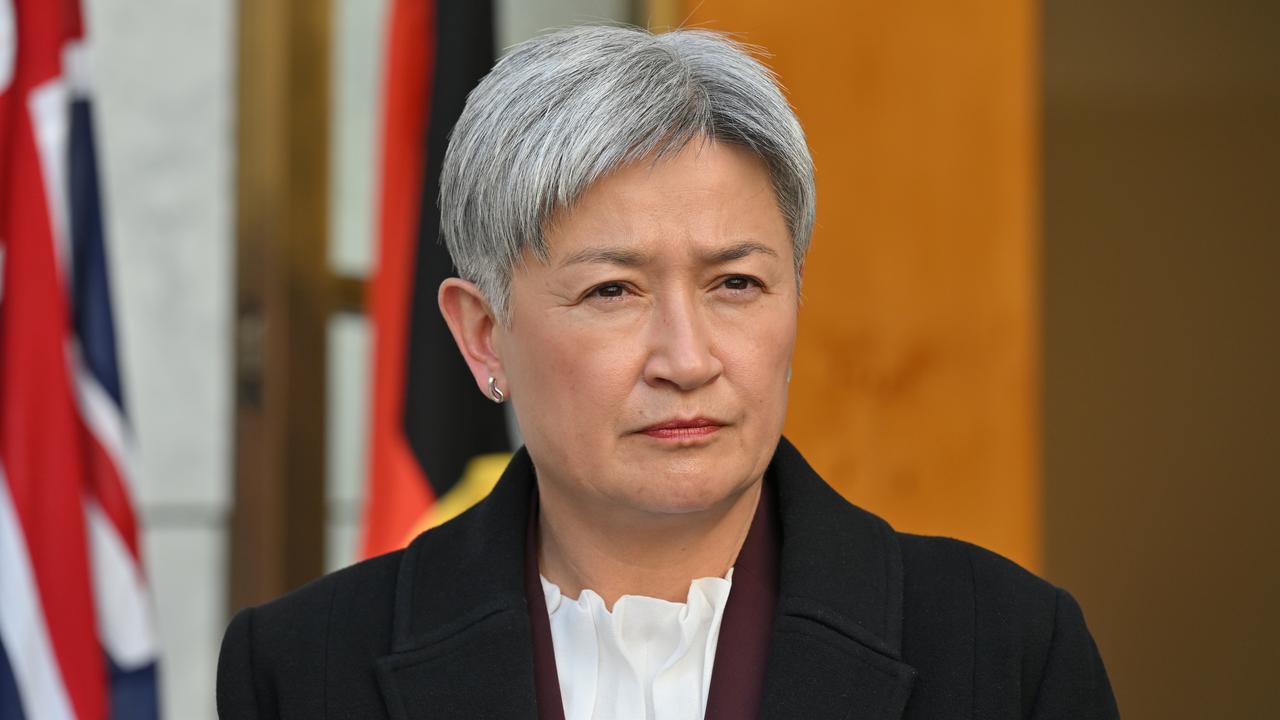
Australia earlier had denied far-right Israeli politician Simcha Rothman entry into the country for a speaking tour after provocative comments, including branding children in Gaza as enemies.
Prime Minister Anthony Albanese in August confirmed Australia’s intention to recognise Palestinian statehood at the United Nations General Assembly meeting in September.
The decision came after more than 100,000 people marched across the Sydney Harbour Bridge to protest the war in Gaza.
Israeli Foreign Affairs Minister Gideon Sa’ar accused the Australian government of fuelling anti-Semitism as he announced the visa cancellations on social media on Monday.
“This follows Australia’s decisions to recognise a ‘Palestinian state’ and against the backdrop of Australia’s unjustified refusal to grant visas to a number of Israeli figures, including former minister Ayelet Shaked and … (Member of the Knesset) Simcha Rothman,” Mr Sa’ar posted on X.

Opposition Leader Sussan Ley said she regretted the way the relationship between the Australian and Israeli governments was deteriorating.
“That is something all Australians should be very sad about today,” she told reporters in Sydney.
Australia should be supporting Israel as a “liberal democracy” but had not demonstrated that in recent weeks, Ms Ley said, calling on Home Affairs Minister Tony Burke to explain his decision to reject Mr Rothman’s visa.
The Australia/Israel and Jewish Affairs Council also called the move “deeply troubling”.
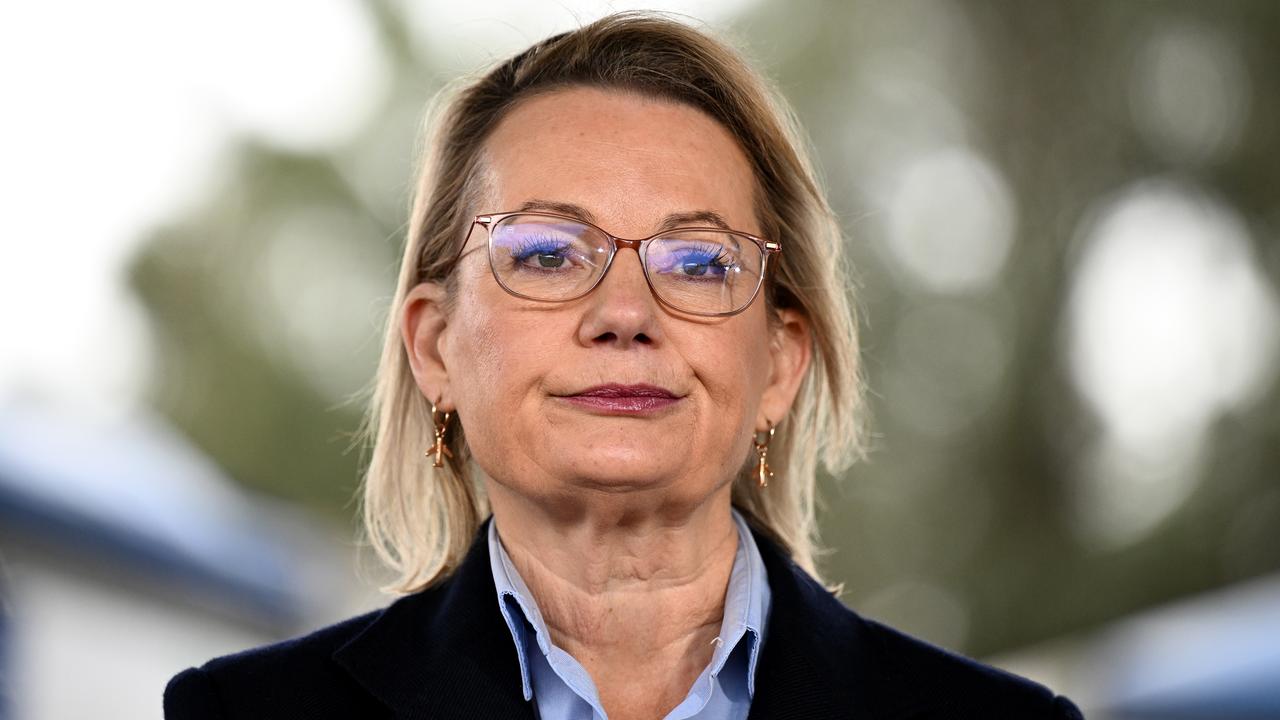
Australia has also denied entry to former Israeli minister Ayelet Shaked, based on anti-Palestinian comments, and Israeli advocate Hillel Fuld.
Canberra has further imposed sanctions on two far-right Israeli ministers, including travel bans.
The federal government has denied entry to people who have a history of anti-Semitism, including rapper Kanye West after he released a song praising Hitler, as well as Lebanese pro-Hezbollah influencer Hussain Makke.